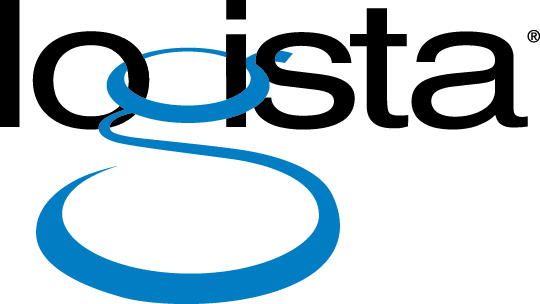In today’s fast-paced digital world, businesses rely on technology to stay competitive, streamline operations, and meet customer expectations. However, managing IT in a fragmented way—treating each system, tool, or process as a separate entity—can create inefficiencies, security vulnerabilities, and roadblocks to growth. Enter the holistic IT strategy: a comprehensive approach to technology management that ensures all aspects of a business’s IT infrastructure work together seamlessly to support overall goals.

What Is a Holistic IT Strategy?
A holistic IT strategy takes a broad, interconnected view of a company’s technology environment. It’s not just about managing individual hardware, software, or networks; it’s about designing and maintaining an IT ecosystem that aligns with an organization’s broader objectives. By focusing on integration, collaboration, and alignment, a holistic IT strategy ensures that all parts of a business’s IT environment—from cybersecurity to data management and cloud solutions—work together.
Instead of being reactive (fixing problems as they arise), this approach is proactive. It anticipates challenges, plans for scalability, and integrates technologies to minimize redundancies and maximize productivity.
Key Elements of a Holistic IT Strategy
- Integration Across Departments: A holistic strategy ensures that all IT systems across departments—whether in HR, finance, or marketing—are integrated. This fosters better data sharing, smoother workflows, and improved decision-making.
- Alignment with Business Goals: Technology is most effective when it serves the company’s broader objectives. A holistic strategy ensures IT investments align with goals like scaling operations, improving customer experience, or reducing costs.
- Proactive Problem-Solving: Instead of reacting to issues as they arise, a holistic strategy anticipates future needs and challenges. For instance, it plans for security threats, future growth, and emerging technologies.
- Focus on User Experience: Employees and customers interact with technology every day. A seamless, intuitive experience boosts productivity and satisfaction, which is a core focus of a holistic IT approach.
- Comprehensive Security: Cybersecurity isn’t just a box to check—it’s foundational. A holistic IT strategy ensures that every part of the infrastructure works together to protect sensitive data and systems from threats.
- Scalability and Flexibility: As businesses grow and markets evolve, IT systems must adapt. A holistic strategy is designed with scalability and flexibility in mind, ensuring the company can pivot as needed.

Why Your Business Needs a Holistic IT Strategy
There are many benefits of adopting a holistic IT strategy:
- Improved Efficiency: By integrating systems and reducing redundancies, businesses save time and resources.
- Enhanced Security: Comprehensive oversight reduces the risk of data breaches and cyberattacks.
- Cost Savings: Optimized IT investments lower unnecessary expenditures.
- Better Collaboration: Unified tools foster communication and teamwork across departments.
- Future-Proofing: A flexible IT framework adapts to growth and changing market demands.
The Bottom Line
Adopting a holistic IT strategy isn’t just a smart move, it’s a necessary one. By aligning IT with your business goals, integrating systems, and planning proactively, you can streamline operations, strengthen security, and set the stage for sustainable growth. Don’t let disconnected IT systems hold you back. With a holistic approach, your business can unlock the full potential of its technology investments and stay ahead in a competitive market.
About Logista Solutions
Logista Solutions is a nationally recognized leader in a broad range of technology management solutions. As one of the largest technology support providers in the U.S., Logista provides innovative and holistic solutions to help companies take control of their IT infrastructure and achieve better business outcomes. Popular services include Managed IT as a Service, VoIP and Unified Communications, Managed Print, Cloud Services and Asset Disposition.



